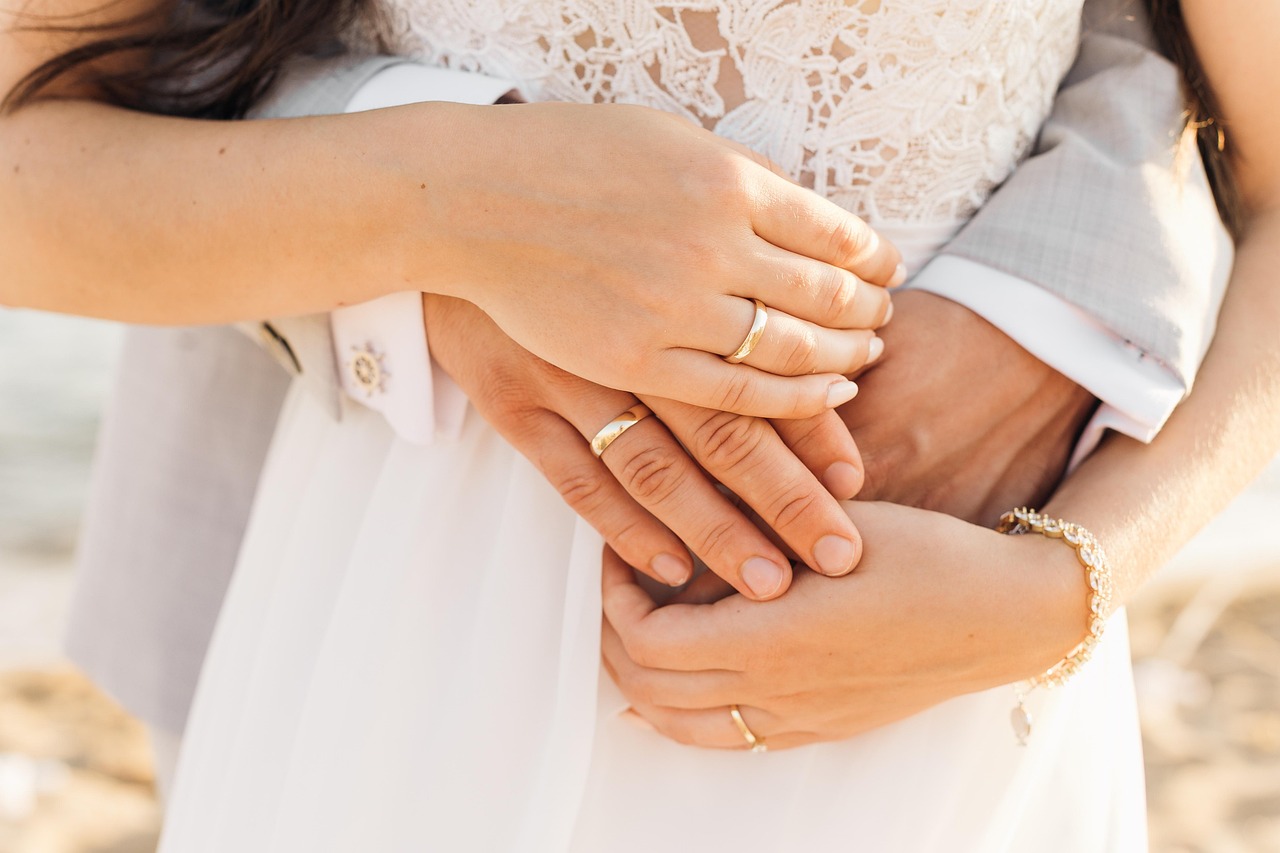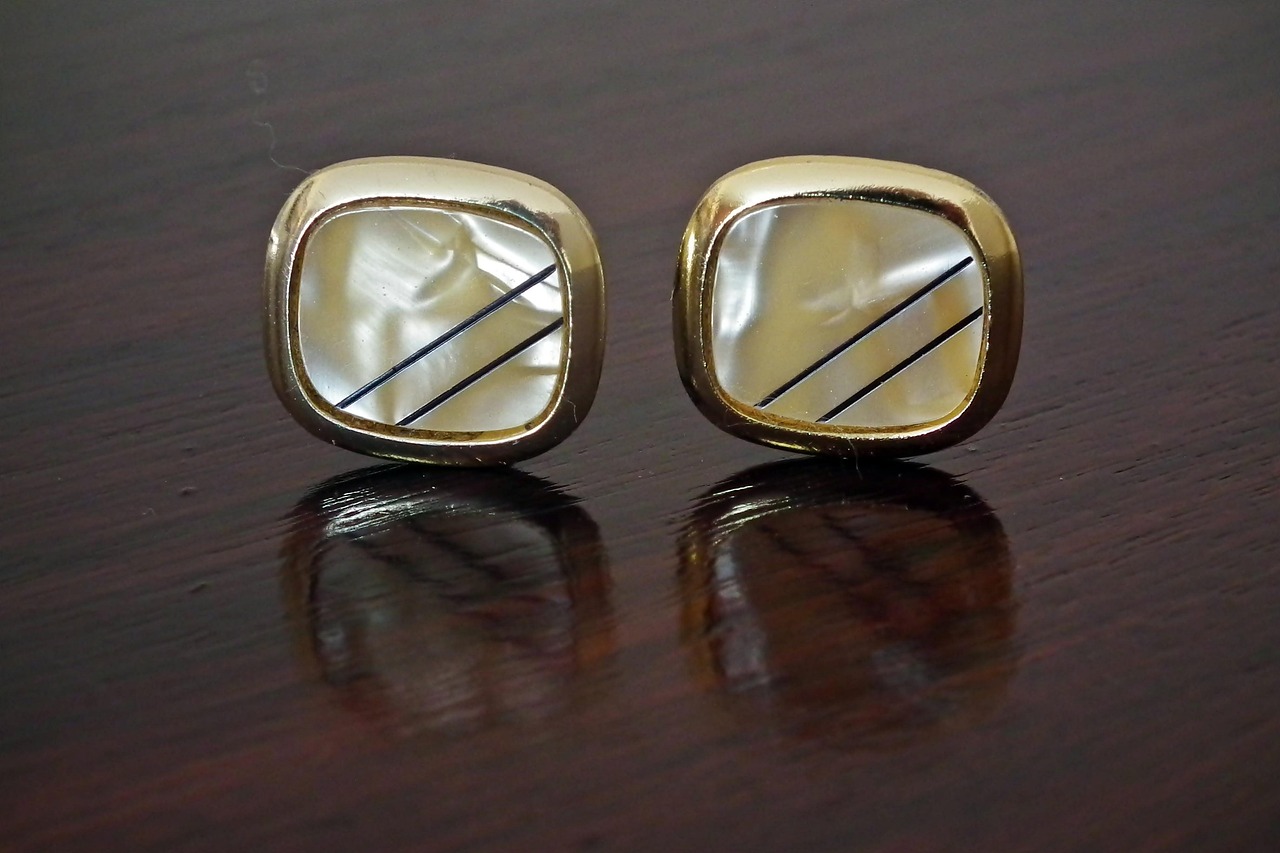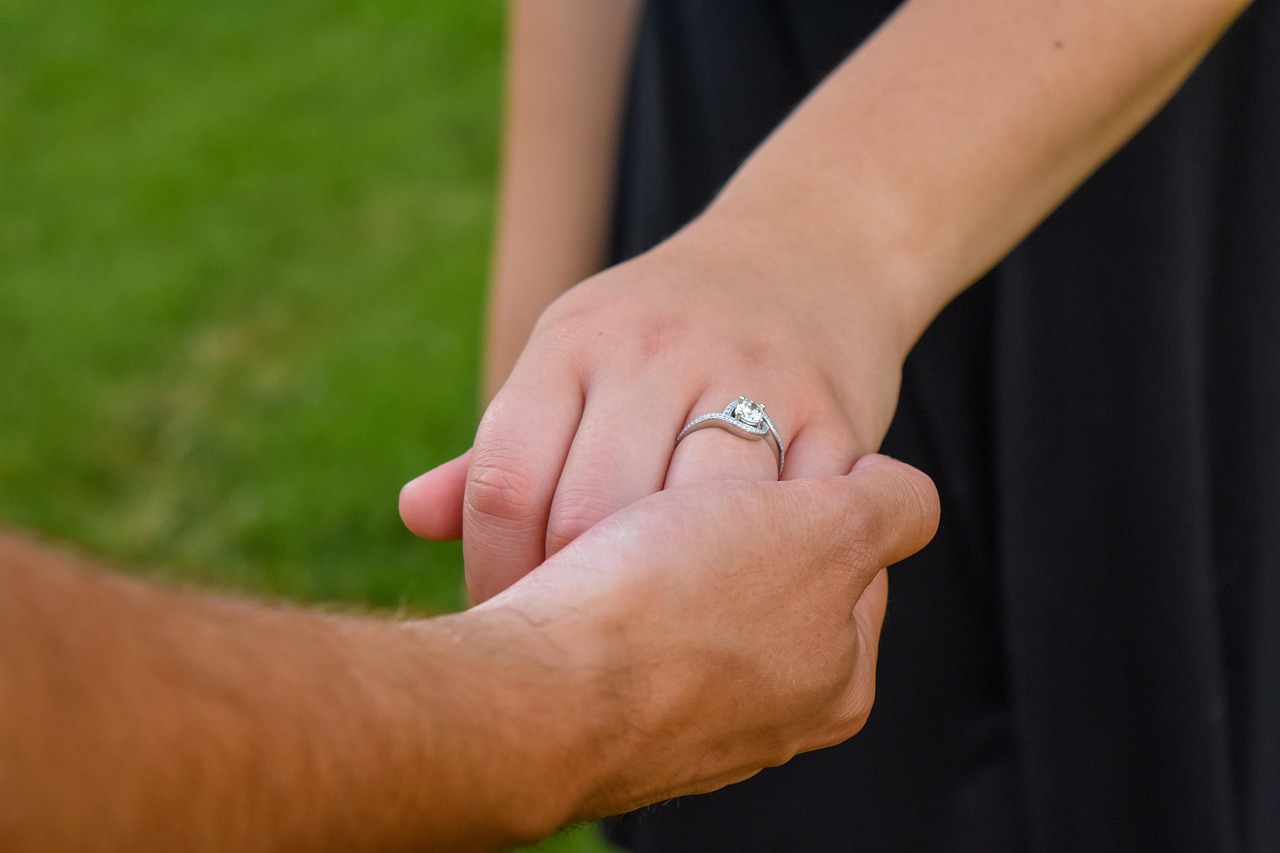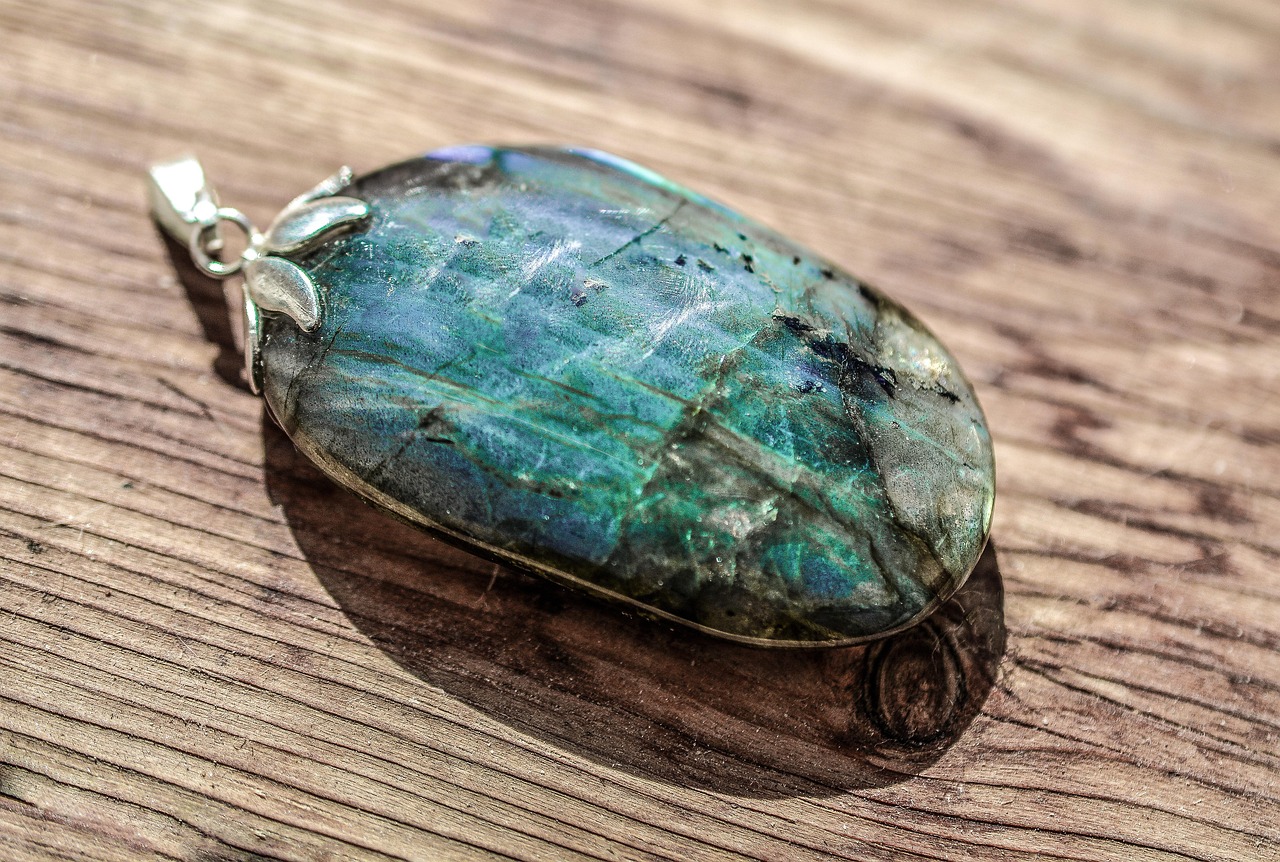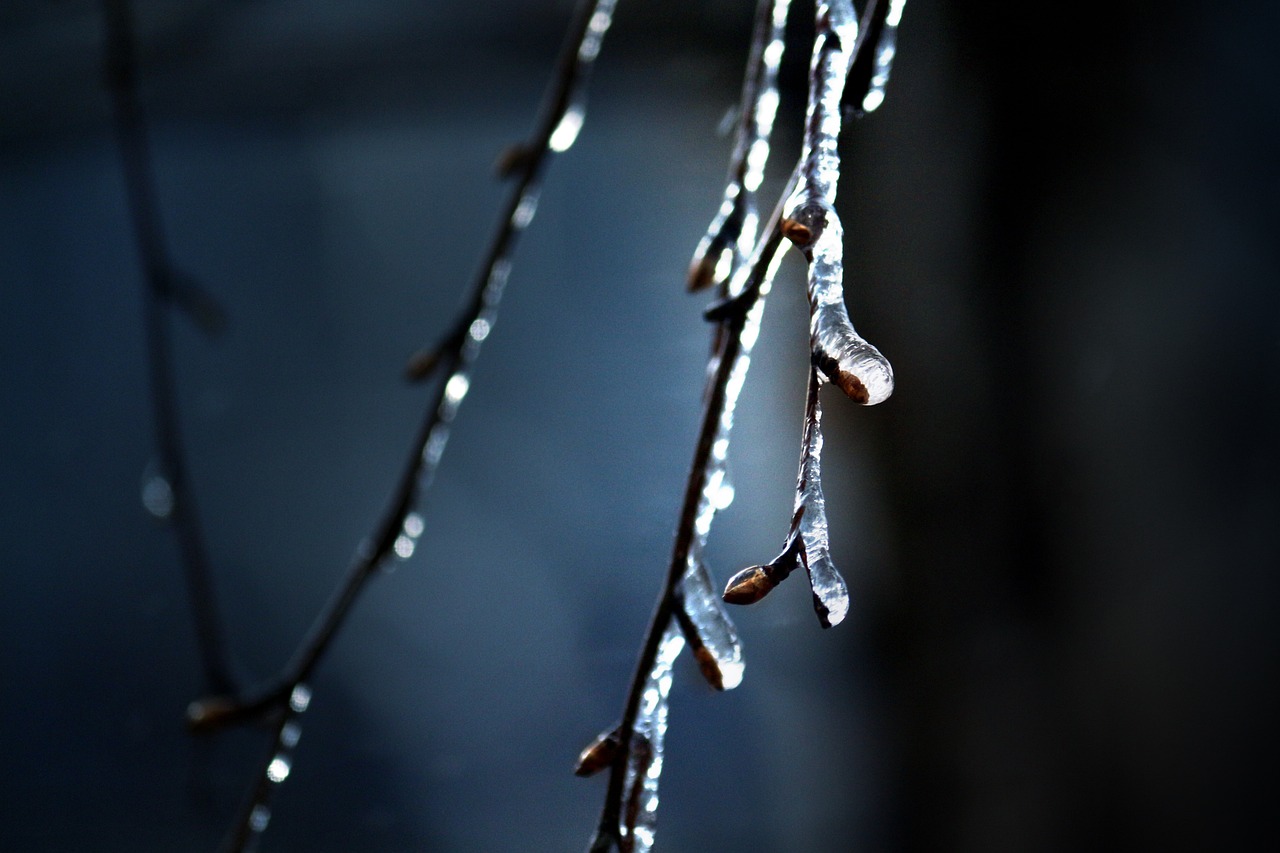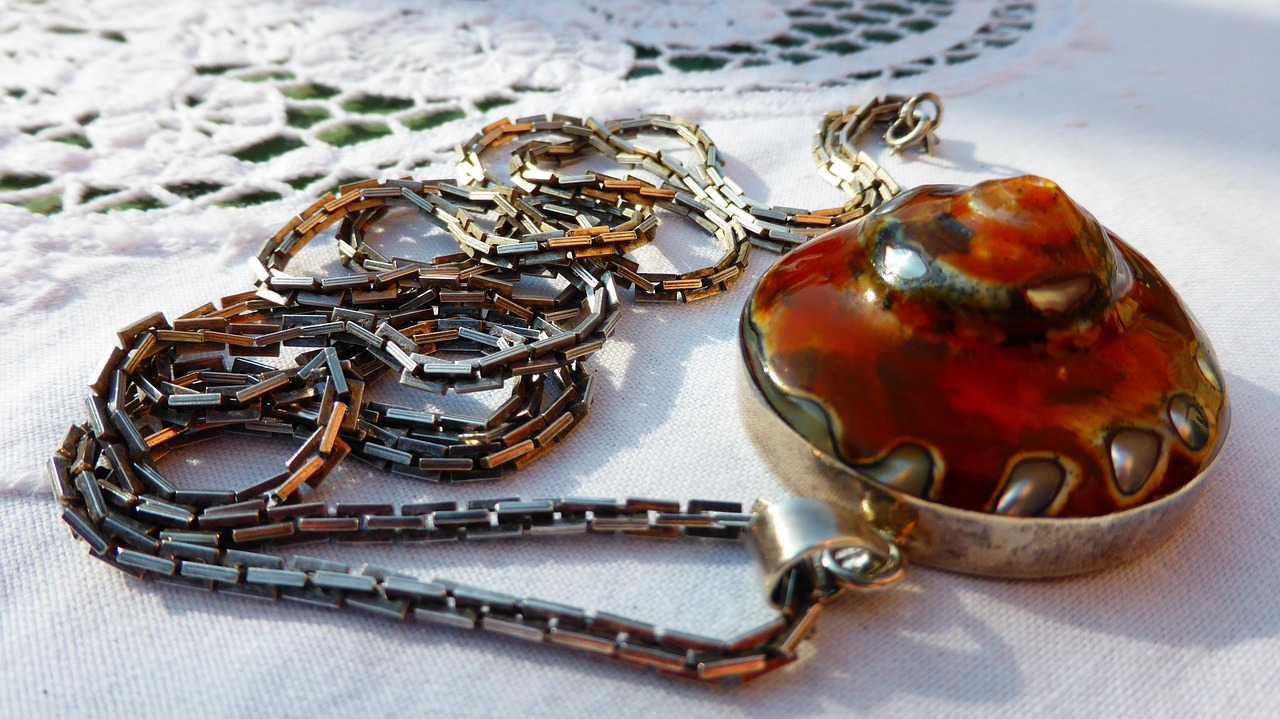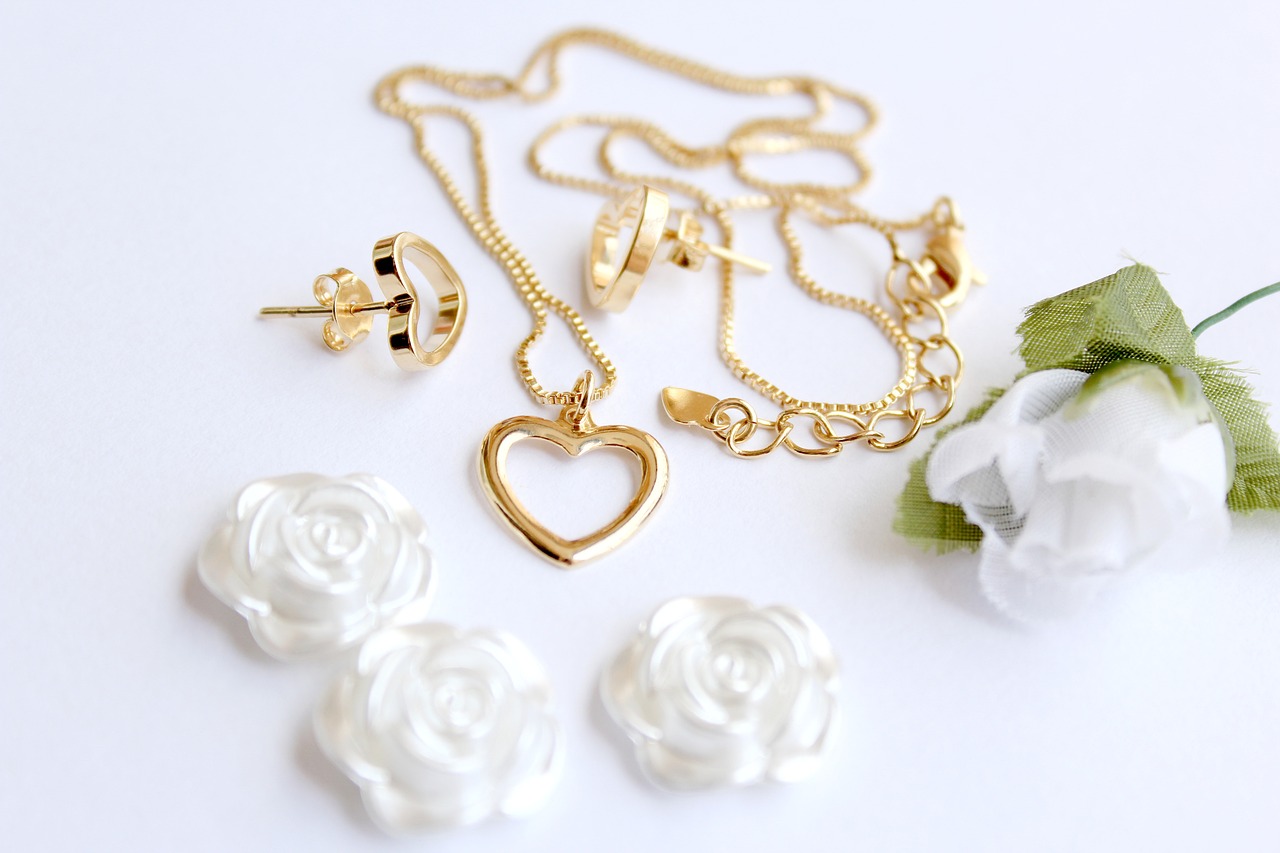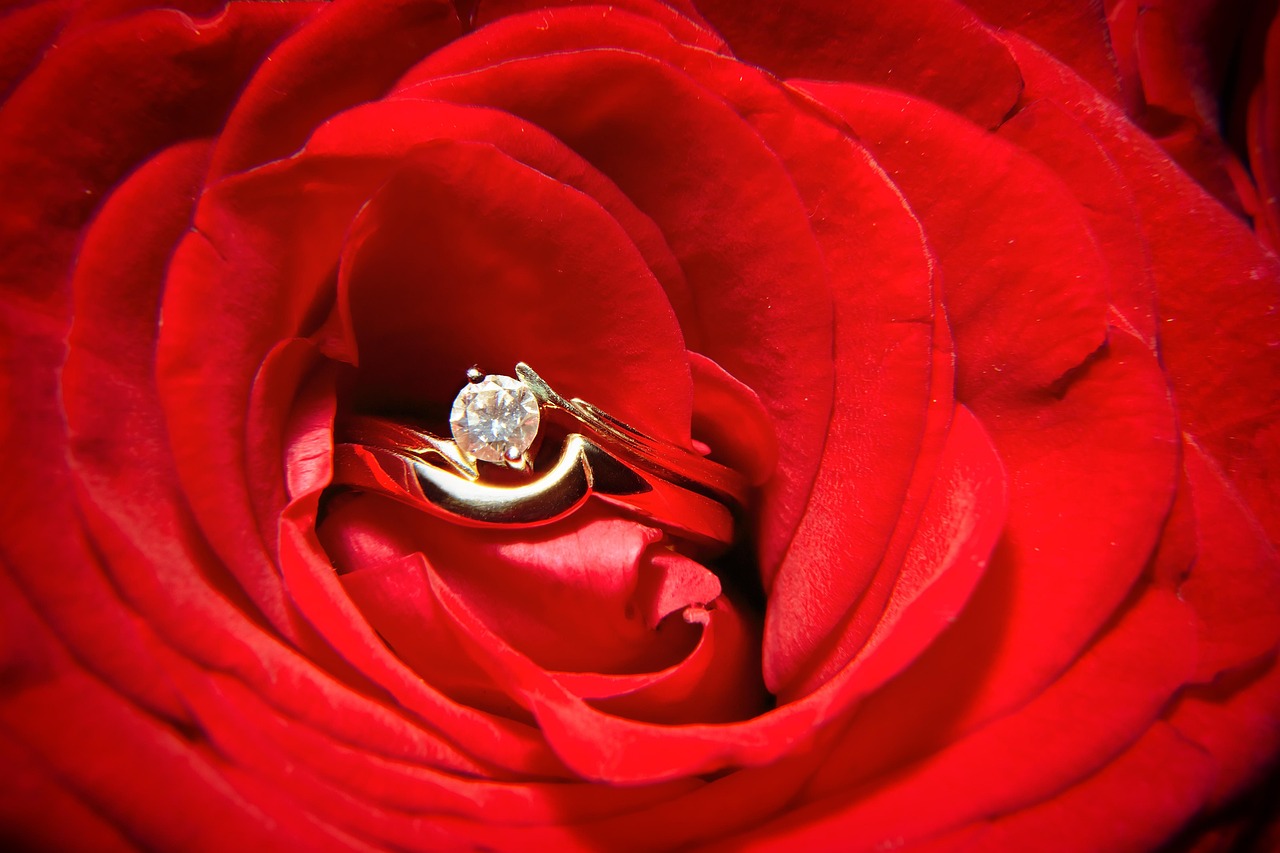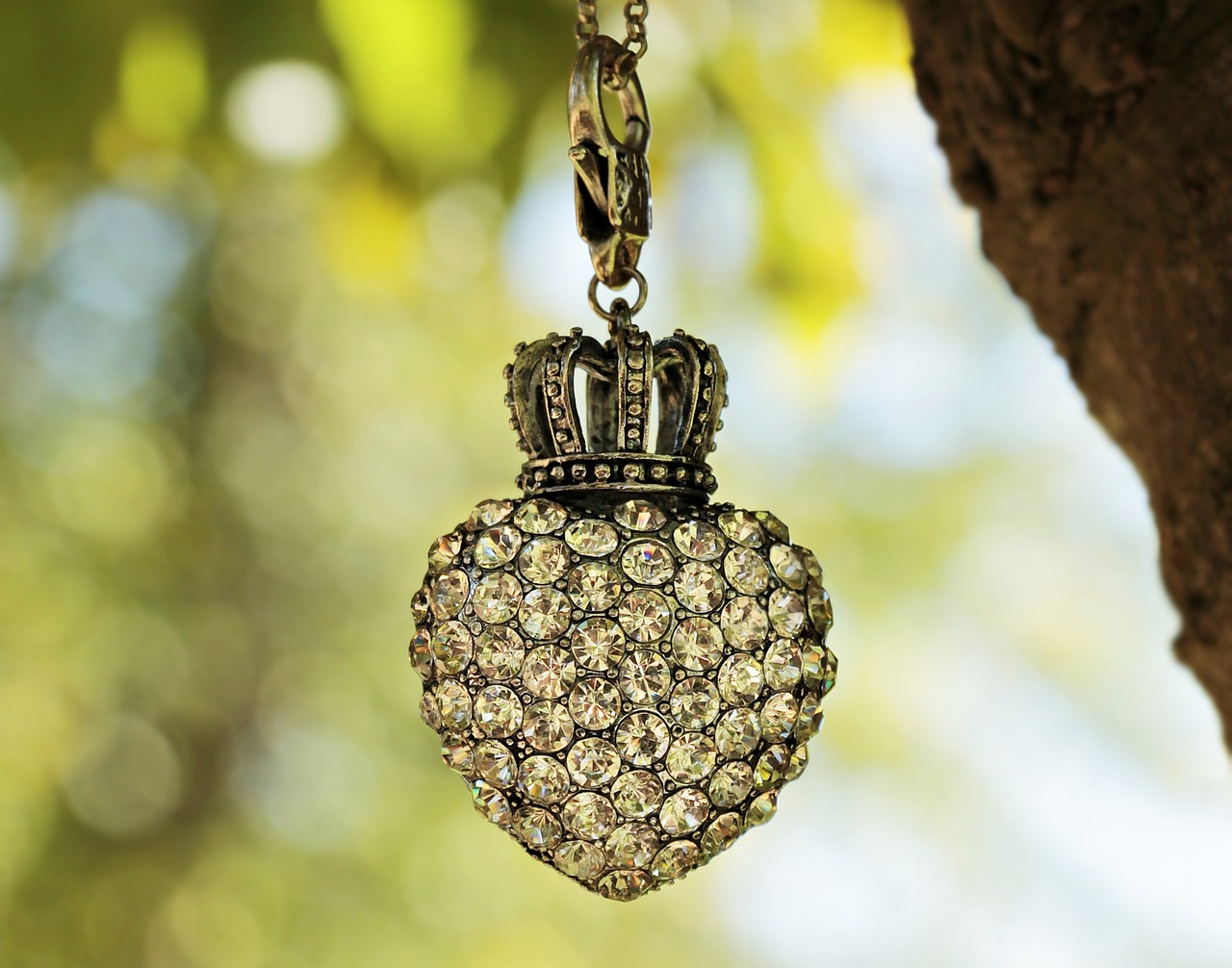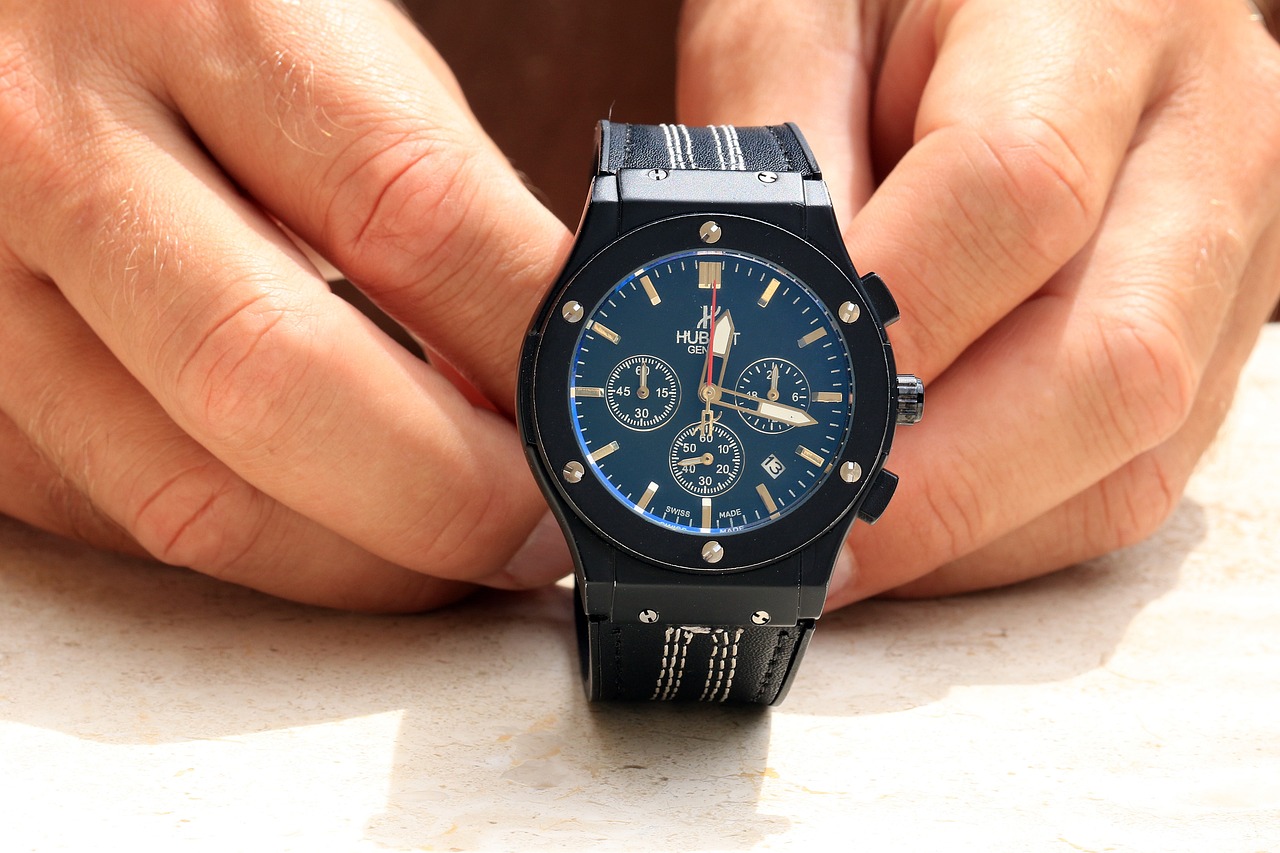Wearing jewelry in the shower is a common practice for many, but it raises several important questions regarding the care and longevity of your precious pieces. This article aims to provide a comprehensive overview of the implications of wearing jewelry in the shower, including potential damage to various materials, maintenance tips, and expert recommendations for keeping your pieces in pristine condition.
Understanding which materials are shower-safe is crucial. Some metals and stones can withstand moisture, while others may tarnish or degrade. Here’s a closer look:
- Stainless Steel: Highly resistant to rust and corrosion.
- Gold: Generally safe but sensitive to harsh chemicals.
- Silver: Prone to tarnishing; best to keep it dry.
- Pearls: Should never be exposed to water.
Water can have varying effects on different types of jewelry materials. Here’s how some common materials react:
- Gold Jewelry: While gold is resistant to tarnishing, exposure to chlorine or saltwater can cause damage. Regular cleaning is advised.
- Silver Jewelry: Silver is notorious for tarnishing when exposed to water. The tarnishing process can be accelerated by soaps and shampoos.
Certain gemstones and pearls require special care. Here’s what you need to know:
- Water-Sensitive Gemstones: Some gemstones, like opals and emeralds, can absorb water, leading to potential damage.
- Pearl Jewelry Care: Pearls are particularly sensitive to water and chemicals. It’s best to avoid wearing them in the shower.
Wearing jewelry in the shower can pose several risks, including:
- Damage: Exposure to water and chemicals can lead to tarnishing and degradation.
- Loss: Rings and bracelets can slip off and be lost in the drain.
If you do wear jewelry in the shower, cleaning it afterward is essential. Here are effective methods:
1. Rinse with fresh water to remove soap residue.2. Dry with a soft cloth to prevent water spots.3. Store in a dry place, away from humidity.
Experts often advise against wearing jewelry in the shower. Their recommendations include:
- Remove jewelry before showering to avoid damage.
- Consider the material and gemstone type when deciding.
Informed choices about wearing jewelry in the shower can help preserve your pieces. Understanding the materials and risks involved is vital for maintaining your jewelry’s integrity. Always prioritize care and maintenance to enjoy your jewelry for years to come.
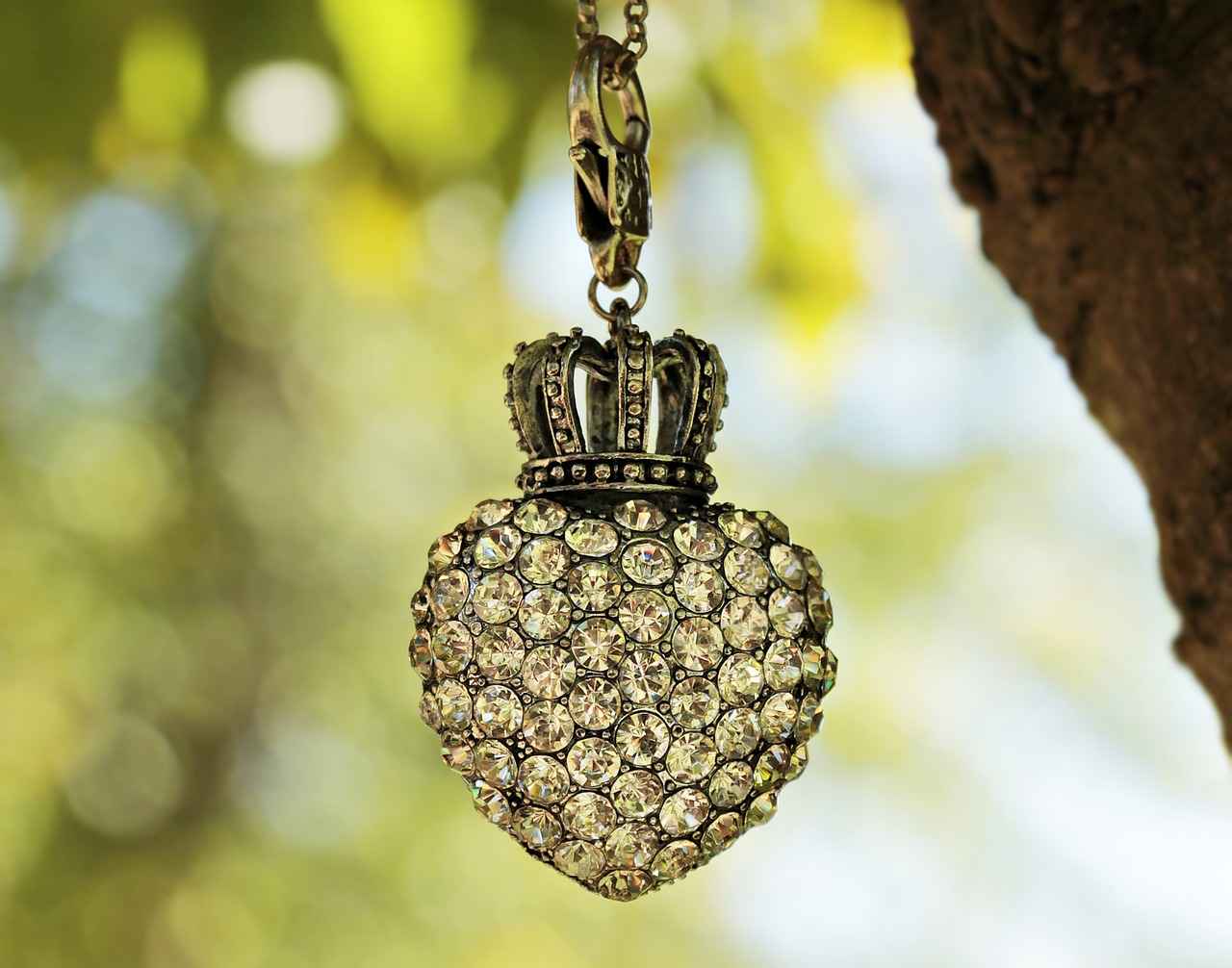
What Types of Jewelry Can You Safely Wear in the Shower?
When it comes to personal adornments, many people wonder, “Can I wear my jewelry in the shower?” Understanding which materials are shower-safe is crucial for preserving the beauty and longevity of your favorite pieces. While some metals and stones can withstand moisture without any issues, others may tarnish, degrade, or even get damaged. Let’s delve into the specifics to help you make informed choices.
To answer the question of which jewelry is safe to wear in the shower, we need to consider the materials used in their construction. Below are some common types of jewelry and their compatibility with water:
- Stainless Steel: This metal is highly resistant to rust and tarnishing, making it a great option for shower wear. Its durability ensures that it can withstand moisture without losing its shine.
- Gold: Pure gold is generally resistant to tarnishing; however, exposure to chlorine or saltwater can still damage its surface. Gold-plated jewelry, on the other hand, is not recommended for shower use as the plating can wear off.
- Silver: Sterling silver tends to tarnish when exposed to moisture. If you love your silver jewelry, it’s best to remove it before showering to prevent discoloration.
- Platinum: Similar to gold, platinum is quite durable and tarnish-resistant. It can generally handle moisture well, but be cautious of exposure to harsh chemicals.
- Costume Jewelry: Often made from base metals and plastic, costume jewelry is typically not shower-safe. Water can cause these materials to degrade or discolor.
In addition to metals, gemstones also play a significant role in determining whether you can wear your jewelry in the shower. Here are some considerations:
- Water-Resistant Gemstones: Some stones, like diamonds and sapphires, are durable and can handle exposure to water. However, it’s always best to rinse them off after showering to maintain their brilliance.
- Water-Sensitive Gemstones: Stones such as opals and emeralds can absorb water, leading to potential damage. Avoid wearing these in the shower to keep them safe.
- Pearls: Pearls are particularly sensitive to moisture and chemicals. It’s advisable to remove pearl jewelry before showering to maintain their luster and integrity.
In summary, while some jewelry materials are shower-safe, others are not. Understanding the specific properties of your jewelry will help you make better decisions. Always err on the side of caution to ensure that your treasured pieces remain in excellent condition.
For anyone who enjoys wearing jewelry, being informed about the materials and their reactions to moisture is essential. By following these guidelines, you can enjoy your accessories without compromising their quality.
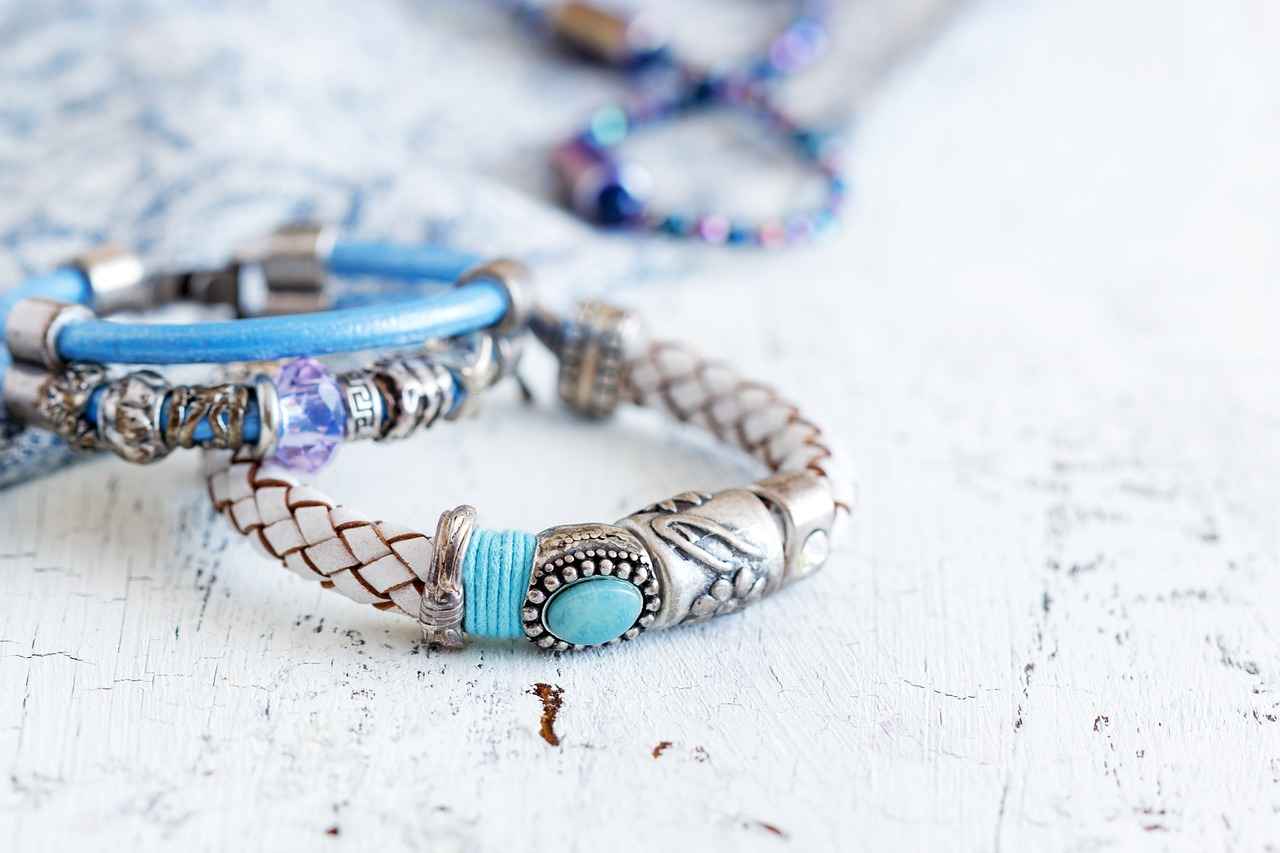
How Does Water Affect Different Jewelry Materials?
Water can have varying effects on different types of jewelry materials. Understanding how these materials react to moisture is essential for maintaining the beauty and longevity of your prized possessions. In this section, we will examine how gold, silver, and other metals respond to exposure to water, ensuring you are well-informed about their care.
Gold is often celebrated for its durability and resistance to tarnishing. However, it is not entirely impervious to damage. When exposed to chlorine—commonly found in swimming pools—or saltwater, gold can suffer from discoloration and weakening. To protect your gold jewelry:
- Avoid wearing it while swimming in chlorinated pools or the ocean.
- Clean it regularly with a soft cloth to remove any residue.
- Store it properly in a dry place, ideally in a jewelry box.
Unlike gold, silver jewelry is particularly prone to tarnishing when exposed to water. This tarnishing occurs due to a reaction between silver and sulfur compounds in the air and water, leading to a dull appearance. To mitigate tarnishing:
- Keep silver jewelry dry and remove it before showering.
- Use anti-tarnish pouches for storage.
- Regularly polish your silver pieces with a specialized cloth.
Metals like stainless steel and titanium are more resistant to water damage compared to gold and silver. However, they can still accumulate soap scum or grime over time. To maintain their appearance:
- Rinse with clean water after exposure to soap or shampoo.
- Dry thoroughly to prevent water spots.
While some gemstones are resilient, others can be sensitive to moisture. For example, opals and emeralds can absorb water, potentially leading to cracking or damage. It’s crucial to:
- Research the specific care needs of your gemstones.
- Remove jewelry with sensitive stones before showering.
Pearls are particularly vulnerable to water, as moisture can cause them to lose their luster and even lead to deterioration. To preserve your pearl jewelry:
- Keep pearls away from water and chemicals.
- Wipe them down with a soft cloth after wearing.
In summary, understanding how water affects different jewelry materials is key to maintaining their beauty and integrity. By following the care tips outlined above, you can ensure that your jewelry remains in excellent condition for years to come.
Gold Jewelry
is a timeless choice that adds elegance to any outfit. While it is generally resistant to tarnishing, it is essential to understand how to care for it properly, especially when exposed to elements like chlorine or saltwater, which can cause damage. Below, we explore the best practices for maintaining your gold pieces to ensure they remain in pristine condition.
Despite its durability, gold can be affected by harsh chemicals. Chlorine, commonly found in swimming pools and cleaning products, can lead to weakening of the metal. Similarly, saltwater can cause gold to lose its shine and luster over time. It’s crucial to remove your gold jewelry before engaging in activities that involve these elements.
Understanding the distinction between solid gold and gold-plated jewelry is vital for maintenance. Solid gold is made entirely of gold, making it more durable and less susceptible to wear and tear. In contrast, gold-plated jewelry consists of a thin layer of gold over another metal, which can wear off over time, especially with frequent exposure to water.
To keep your gold jewelry looking its best, consider the following care tips:
- Store Properly: Always store your gold pieces in a soft cloth or a dedicated jewelry box to prevent scratches.
- Avoid Chemicals: Keep your gold jewelry away from harsh chemicals, including household cleaners and beauty products.
- Regular Cleaning: Clean your gold jewelry regularly using a soft cloth to remove dirt and oils.
- Professional Maintenance: Consider having your gold jewelry professionally cleaned and inspected periodically to maintain its condition.
While gold jewelry is more resistant to tarnishing than other materials, wearing it in the shower is not advisable. The combination of soap, shampoo, and water can lead to buildup and dullness. If you choose to wear your jewelry while showering, ensure to rinse it thoroughly afterward and dry it with a soft cloth.
If your gold jewelry shows signs of damage or dullness, consider the following steps:
- Gentle Cleaning: Use a mixture of mild soap and warm water to gently clean the piece. Avoid abrasive materials.
- Polishing: A professional polishing service can restore the shine and remove scratches.
- Repair: If your jewelry is bent or broken, consult a jeweler for repairs to prevent further damage.
Jewelry experts recommend being proactive about the care of your gold pieces. Avoid wearing them during activities that expose them to harsh environments, such as swimming or exercising. Additionally, regularly check for any signs of wear and address them immediately to prolong the life of your jewelry.
In conclusion, while gold jewelry is a beautiful and durable choice, it requires proper care to maintain its beauty and integrity. By following these best practices, you can enjoy your gold pieces for years to come.
Solid Gold vs. Gold-Plated
When it comes to choosing jewelry, understanding the differences between solid gold and gold-plated options is essential, especially if you plan to wear them in the shower. While both types may look similar at first glance, their durability and maintenance requirements vary significantly.
Solid gold refers to jewelry that is made entirely of gold, typically alloyed with other metals for strength and durability. The purity of gold is measured in karats, with 24k being pure gold. Solid gold jewelry retains its color and luster over time, making it an excellent investment.
Gold-plated jewelry consists of a base metal, such as brass or silver, that has been coated with a thin layer of gold. This process can create visually appealing pieces at a lower cost. However, the gold layer can wear off over time, especially with exposure to moisture, chemicals, and everyday wear.
Wearing jewelry in the shower can expose it to water, soaps, and other chemicals. Solid gold is much more resistant to damage from these elements compared to gold-plated jewelry, which can lose its gold layer quickly. Here are some reasons why this distinction is crucial:
- Durability: Solid gold jewelry can withstand moisture without losing its quality, while gold-plated items can tarnish and degrade.
- Longevity: Investing in solid gold means your jewelry will last longer and maintain its value, making it a better choice for everyday wear.
- Maintenance: Solid gold requires less frequent maintenance compared to gold-plated pieces, which may need regular polishing and care to keep them looking good.
Gold-plated jewelry is prone to several risks when exposed to water:
- Tarnishing: Water can cause the base metal to tarnish, leading to discoloration and a dull appearance.
- Peeling: The gold layer may start to peel or flake off, especially with exposure to hot water and harsh soaps.
- Reduced Lifespan: Regularly wearing gold-plated jewelry in the shower can significantly shorten its lifespan, requiring replacement sooner than expected.
To keep your solid gold jewelry looking its best, consider the following care tips:
- Clean Regularly: Use a gentle soap and water solution to clean your pieces, followed by a soft cloth to dry them.
- Avoid Harsh Chemicals: Keep your jewelry away from chlorine, bleach, and other harsh chemicals that can damage the metal.
- Store Properly: Store your solid gold pieces in a soft pouch or a jewelry box to prevent scratches and tangling.
Choosing between solid gold and gold-plated jewelry is essential, particularly for those who wear their pieces in the shower. Solid gold offers durability, longevity, and ease of maintenance, making it a wise investment. In contrast, gold-plated jewelry, while attractive, requires careful handling to avoid damage. By understanding these distinctions, you can make informed decisions about your jewelry choices and ensure they remain beautiful for years to come.
Care Tips for Gold Jewelry
Gold jewelry is a timeless investment that can enhance any outfit, but it requires proper care to maintain its beauty and longevity. Proper cleaning and storage can significantly prolong the life of your gold pieces. Here are some essential care tips to keep your gold jewelry looking its best.
Gold jewelry can accumulate dirt, oils, and residues from body lotions or perfumes, which can dull its shine over time. Regular cleaning helps to remove these substances, ensuring your jewelry remains radiant. Additionally, neglecting to clean your jewelry can lead to tarnishing and damage, especially if the gold is alloyed with other metals.
- Use Mild Soap and Warm Water: Create a solution with warm water and a few drops of mild dish soap. Soak your jewelry for a few minutes.
- Gently Brush: Use a soft-bristle toothbrush to gently scrub the jewelry, focusing on intricate designs where dirt may accumulate.
- Rinse Thoroughly: After cleaning, rinse your gold jewelry under warm running water to remove any soap residue.
- Dry Properly: Use a soft, lint-free cloth to dry your jewelry completely. Avoid using paper towels, as they can scratch the surface.
How you store your gold jewelry can greatly affect its condition. Here are some storage tips:
- Keep It Separate: Store each piece separately to avoid scratches. Use soft pouches or individual compartments in a jewelry box.
- Avoid Humidity: Keep your jewelry in a cool, dry place. Humidity can lead to tarnishing, even in gold.
- Consider Anti-Tarnish Solutions: Use anti-tarnish strips or cloths in your jewelry box to help absorb moisture and prevent tarnishing.
While regular cleaning at home is essential, it’s wise to seek professional cleaning for more intricate pieces or if you notice signs of damage. Jewelry professionals can provide deep cleaning services and check for any loose stones or structural issues.
- Avoid Exposure to Harsh Chemicals: Keep your gold jewelry away from chlorine, bleach, and other harsh chemicals that can damage the metal.
- Remove Before Activities: Take off your gold jewelry before swimming, exercising, or performing household chores to prevent scratches and exposure to damaging substances.
- Regular Inspections: Periodically check your jewelry for any signs of wear or damage, such as loose stones or bent clasps.
By following these care tips, you can ensure that your gold jewelry remains a cherished part of your collection for many years to come. Remember, investing time in proper maintenance will keep your pieces looking stunning and help you enjoy them to their fullest potential.
Silver Jewelry
is a timeless choice for many, admired for its beauty and versatility. However, one of the most significant concerns for silver jewelry owners is its propensity to tarnish, especially when exposed to water. Understanding the factors that contribute to this issue and how to mitigate its effects is crucial for maintaining the luster of your silver pieces.
Tarnishing occurs due to a chemical reaction between silver and sulfur compounds present in the air, moisture, and even certain skin types. When silver jewelry comes into contact with water, especially in the shower, it can accelerate this process. Here are some key factors that contribute to tarnishing:
- Humidity: High levels of humidity can increase tarnishing rates, as moisture promotes the formation of silver sulfide.
- Chlorine: Exposure to chlorine, often found in tap water and swimming pools, can lead to significant damage and discoloration.
- Body Products: Lotions, perfumes, and soaps can leave residues on silver jewelry, contributing to tarnishing when combined with water.
While it may be tempting to wear your favorite silver pieces in the shower, there are several effective ways to protect them:
- Avoid Water Exposure: The simplest way to prevent tarnishing is to remove your silver jewelry before showering or swimming.
- Use Anti-Tarnish Products: Consider using anti-tarnish cloths or pouches designed specifically for silver to keep your jewelry safe.
- Regular Cleaning: Clean your silver jewelry regularly using a mild soap solution and a soft cloth to remove any residues that may contribute to tarnishing.
To ensure your silver jewelry remains in pristine condition, follow these best practices:
1. Store silver jewelry in a cool, dry place, preferably in a tarnish-resistant cloth or box.2. Avoid wearing silver jewelry while applying lotions or perfumes.3. Clean your silver jewelry after wearing it to remove any contaminants.4. Consider using a silver polish occasionally to restore its shine.
If your silver jewelry has tarnished significantly or shows signs of damage, it may be time to consult a professional jeweler. They can provide expert cleaning and restoration services to bring your pieces back to life.
In summary, while silver jewelry is a beautiful addition to any collection, it requires careful handling to prevent tarnishing, especially when exposed to water. By understanding the causes of tarnishing and implementing effective care strategies, you can enjoy your silver jewelry for years to come.

What About Gemstones and Pearls?
When it comes to wearing jewelry, understanding the specific care requirements for different materials is essential. Certain gemstones and pearls are particularly sensitive and require special attention to maintain their beauty and integrity. In this section, we will explore which stones can handle moisture and which should be kept dry, along with practical care tips.
Not all gemstones are created equal when it comes to moisture resistance. Some stones can endure exposure to water without any adverse effects, while others may suffer damage. Here are a few examples:
- Diamond: Known for its hardness, diamonds are water-resistant and can handle moisture without any issues.
- Sapphire: Similar to diamonds, sapphires are durable and can withstand water exposure.
- Rubies: As a variety of corundum, rubies are also resistant to moisture and can be worn in various conditions.
On the other hand, some gemstones are highly porous or sensitive to water, making them unsuitable for wearing in the shower or during swimming. Consider the following:
- Opal: This beautiful gemstone is known for its stunning play of color but is also highly porous. Exposure to water can lead to cracking and a loss of luster.
- Emerald: While emeralds are prized for their vibrant green color, they often contain inclusions that make them susceptible to damage from moisture.
- Lapis Lazuli: This stone can absorb water, which may lead to fading and deterioration over time.
Pearls are among the most delicate of all gemstones. Their organic composition makes them particularly sensitive to moisture and chemicals. Here are some key points to consider:
- Water Damage: Prolonged exposure to water can cause pearls to lose their natural luster and become dull.
- Chemical Sensitivity: Pearls are also sensitive to perfumes, lotions, and cleaning products, which can damage their surface.
- Cleaning Tips: To maintain the beauty of your pearl jewelry, gently wipe them with a soft cloth after wearing and store them in a cool, dry place.
To ensure the longevity of your gemstone and pearl jewelry, follow these care tips:
1. Avoid wearing sensitive stones and pearls in the shower or while swimming.2. Clean your jewelry with a soft, dry cloth after each use.3. Store pieces separately to avoid scratches and damage.4. Take your jewelry to a professional for cleaning and maintenance regularly.
By understanding the specific needs of your gemstones and pearls, you can make informed decisions that will help preserve their beauty and value.
Water-Sensitive Gemstones
When it comes to wearing jewelry, many people often overlook the impact of moisture on various materials. can be particularly vulnerable to damage if exposed to water, especially in environments like the shower. Understanding the implications of wearing these gemstones while showering is essential for maintaining their beauty and integrity.
Some gemstones are notorious for their ability to absorb water, which can lead to significant damage over time. For instance, opals are known for their stunning play of color, but they can absorb moisture, causing them to crack or become dull. Similarly, emeralds can also suffer when exposed to water, as their internal inclusions can trap moisture, leading to potential deterioration.
When gemstones absorb water, they may undergo physical changes that affect their appearance and durability. This is particularly true for stones with a porous structure. Turquoise and lapis lazuli are other examples that can be adversely affected by water exposure. The risk of damage is not limited to the stones themselves; the settings and metals used in jewelry can also be compromised. For instance, silver can tarnish, and gold-plated pieces can lose their finish when subjected to moisture.
While some gemstones are highly sensitive to water, others can withstand moisture better. Stones like diamonds, rubies, and sapphires are generally more resilient and can handle occasional exposure to water without significant risk. However, it is still advisable to remove any jewelry before showering to ensure longevity.
- Store Properly: Keep water-sensitive gemstones in a dry place, away from humidity.
- Avoid Moisture: Always remove jewelry before showering, swimming, or exercising.
- Regular Cleaning: Clean your gemstones with a soft, dry cloth to maintain their luster.
- Professional Care: Consider professional cleaning and inspection for valuable pieces.
If you accidentally expose your water-sensitive gemstones to moisture, it is crucial to act quickly. Gently pat the jewelry dry with a soft cloth and allow it to air dry completely before storing it. If you notice any changes in appearance, such as cloudiness or cracks, consult a professional jeweler for advice.
Understanding the nature of your gemstones is vital for their preservation. By avoiding exposure to water and following proper care tips, you can ensure that your jewelry remains as stunning as the day you bought it. Always stay informed about the specific needs of your gemstones to protect your investment and enjoy their beauty for years to come.
Pearl Jewelry Care
Pearl jewelry is not only stunning but also carries a unique delicacy that demands special attention. As a natural gem formed within oysters, pearls are particularly sensitive to water and chemicals. Proper care is essential to maintain their luster and beauty. In this section, we will explore effective methods for taking care of your pearl jewelry, ensuring it remains a cherished part of your collection for years to come.
Pearls are composed of layers of nacre, which can be adversely affected by moisture. When exposed to water, especially chlorinated or saltwater, pearls may lose their natural sheen, leading to a dull appearance. Additionally, water can seep into the drilled holes of pearl jewelry, causing the string to weaken over time.
Cleaning pearl jewelry requires a gentle touch. Here are some steps you can follow:
- Use a Soft Cloth: After wearing your pearls, gently wipe them with a soft, lint-free cloth to remove any dirt or oils.
- Avoid Soaking: Never soak pearls in water or any cleaning solution. Instead, use a damp cloth for spot cleaning.
- Store Properly: Keep your pearls in a soft pouch or lined jewelry box to prevent scratches from other jewelry.
Certain substances can be particularly harmful to pearls. Here are some common chemicals to avoid:
- Perfumes and Lotions: Apply these products before putting on your pearl jewelry to prevent exposure.
- Household Cleaners: Avoid contact with cleaning agents that may contain harsh chemicals.
- Hair Products: Hairsprays and gels can leave residues that dull the surface of pearls.
To maintain the integrity of your pearl jewelry, it’s wise to remove it during certain activities:
- Showering: Water can damage pearls, so it’s best to take them off before bathing.
- Swimming: Chlorine in pools and salt from the ocean can harm your pearls.
- Exercising: Sweat and friction can lead to wear and tear on pearl strands.
Experts recommend the following strategies for preserving the beauty of your pearl jewelry:
- Regular Inspections: Check your pearls periodically for any signs of damage or wear.
- Professional Cleaning: Consider having your pearls professionally cleaned and restrung every few years.
- Avoiding Extreme Temperatures: Keep pearls away from direct sunlight and extreme heat, which can alter their appearance.
By following these care tips, you can ensure that your pearl jewelry remains as radiant as the day you acquired it. Remember, pearls are a timeless investment, and with the right care, they can continue to dazzle for generations.
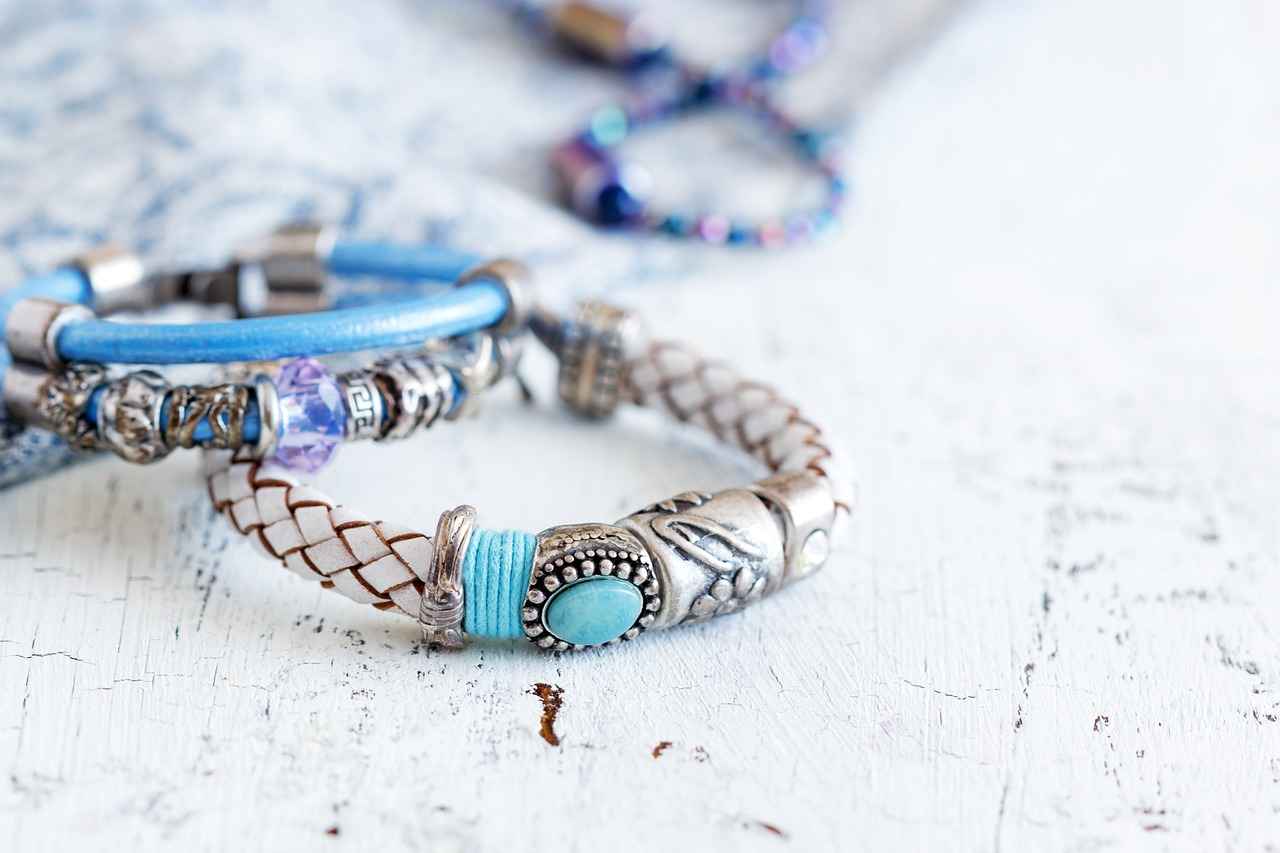
What Are the Risks of Wearing Jewelry in the Shower?
When it comes to personal grooming, many people wonder, While it might seem convenient to keep your accessories on, doing so can lead to a variety of issues. This section will explore the potential pitfalls of showering with jewelry and provide tips on how to avoid them.
The first risk of wearing jewelry in the shower is damage to the materials. Different types of jewelry are made from various materials, each reacting differently to water exposure:
- Gold: While solid gold is relatively durable, exposure to chlorine or saltwater can lead to discoloration or weakening of the metal.
- Silver: Sterling silver is particularly susceptible to tarnishing when exposed to moisture, which can dull its shine and require frequent polishing.
- Gemstones: Certain stones, such as opal and emerald, can absorb water, causing them to crack or lose their luster over time.
- Pearls: These delicate gems are highly porous and can be damaged by water and soaps, leading to a loss of their natural sheen.
Another significant risk is the potential for loss. Jewelry can easily slip off while showering, especially rings and bracelets. The combination of soap and water can make your skin slippery, increasing the chances of losing a cherished piece. To mitigate this risk, consider the following:
- Remove rings and bracelets before showering.
- Store jewelry in a safe place away from the bathroom.
Many shower products, such as shampoos, conditioners, and body washes, contain chemicals that can adversely affect your jewelry. These products can lead to:
- Tarnishing: Products containing sulfates or alcohol can accelerate tarnishing in silver.
- Discoloration: Harsh chemicals can alter the color of certain gemstones and metals.
To avoid the risks associated with wearing jewelry in the shower, follow these expert recommendations:
- Remove Jewelry: The best way to protect your jewelry is to take it off before you step into the shower.
- Clean Regularly: If you accidentally wear jewelry in the shower, clean it afterward with a soft cloth and mild soap to remove any residue.
- Store Safely: Keep your jewelry in a designated area, away from moisture, to prevent accidental exposure.
In summary, while it may seem convenient to wear jewelry in the shower, the risks of damage, loss, and exposure to harmful chemicals far outweigh the benefits. By taking a few simple precautions, you can ensure that your jewelry remains in pristine condition for years to come.
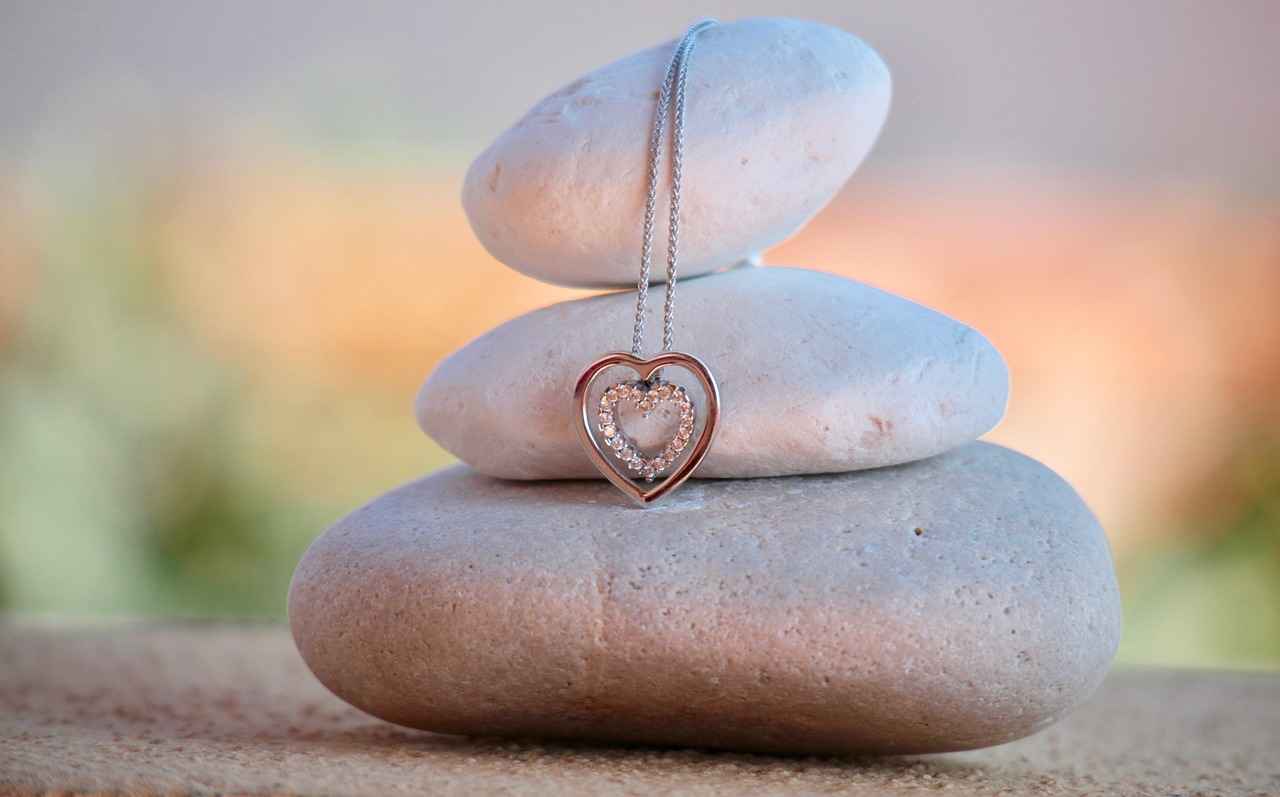
How to Properly Clean Jewelry After Showering
Maintaining the beauty and integrity of your jewelry is essential, especially if you occasionally wear it in the shower. Cleaning your jewelry after showering is not just a matter of aesthetics; it’s crucial for preserving its quality and longevity. Here, we will explore effective methods to ensure your pieces remain in excellent condition.
When you wear jewelry in the shower, it is exposed to various substances such as soap, shampoo, and even hard water. These elements can leave residues that dull the shine and potentially damage the materials over time. Regular cleaning can prevent buildup and maintain the beauty of your pieces.
- Gold Jewelry: For solid gold pieces, a gentle soap solution is often enough. Mix a few drops of mild dish soap with warm water, soak the jewelry for about 10 minutes, and then gently scrub with a soft brush. Rinse thoroughly and dry with a soft cloth.
- Silver Jewelry: Silver tarnishes easily, especially when exposed to moisture. Use a silver polish cloth for routine cleaning. For deeper cleans, a mixture of baking soda and water can be effective. Apply the paste, gently scrub, and rinse well.
- Gemstone Jewelry: The cleaning method depends on the type of gemstone. Most can be cleaned with a mild soap solution, but avoid soaking porous stones like opals or pearls. Instead, use a damp cloth to wipe them clean.
- Pearl Jewelry: Pearls are sensitive to moisture and chemicals. Wipe them with a soft, damp cloth after wearing, and avoid submerging them in water. Store them in a cool, dry place, away from other jewelry to prevent scratching.
- Gather Your Supplies: You will need a soft brush, microfiber cloths, a bowl of warm soapy water, and any specific cleaners for your jewelry type.
- Soak Your Jewelry: For metals like gold and silver, soaking can help loosen dirt and grime. Ensure the water is not too hot, as extreme temperatures can cause damage.
- Gently Scrub: Use a soft brush to clean intricate designs or settings. Be cautious with porous stones and pearls to avoid damage.
- Rinse Thoroughly: Make sure to rinse off any soap residue, as leftover soap can lead to dullness.
- Dry Carefully: Pat your jewelry dry with a soft cloth. Avoid using paper towels or rough fabrics that can scratch the surface.
- Store Properly: Once cleaned and dried, store your jewelry in a cool, dry place. Use soft pouches or separate compartments to avoid scratching.
To keep your jewelry looking its best, consider these expert recommendations:
- Limit exposure to harsh chemicals found in cleaning products and beauty products.
- Remove jewelry before swimming, showering, or exercising to minimize wear and tear.
- Schedule regular professional cleanings for valuable pieces to ensure they are maintained correctly.
By following these cleaning methods and tips, you can ensure that your jewelry remains beautiful and in excellent condition for years to come. Remember, proper care is the key to enjoying your jewelry to its fullest.

Expert Recommendations: When to Remove Your Jewelry
When it comes to the care and maintenance of your jewelry, understanding when to remove it is crucial for preserving its beauty and longevity. Experts often recommend taking off your jewelry before showering to avoid potential damage. This section delves into the reasons behind these recommendations and provides practical advice for jewelry care.
Showering exposes your jewelry to a variety of elements that can lead to deterioration. Water, soap, and shampoo can create a film that dulls the shine of your pieces, while chemicals in hair products can cause discoloration or tarnishing. Additionally, the moisture can promote tarnishing in metals like silver, making it essential to consider the type of jewelry you wear.
- Tarnishing: Silver and other metals can tarnish quickly when exposed to water.
- Loss: Jewelry can slip off and be lost in the shower or drain.
- Damage to Gemstones: Certain stones, like opals and emeralds, can be damaged by water.
- Wear and Tear: Constant exposure to water can weaken clasps and settings.
If you must wear jewelry in the shower, consider the following guidelines:
- Choose Shower-Safe Materials: Opt for jewelry made from materials like stainless steel or silicone that can withstand moisture.
- Limit Exposure: If you wear jewelry while showering, try to minimize the time it is exposed to water.
- Regular Maintenance: Clean your jewelry regularly to remove any build-up from soap or shampoo.
To keep your jewelry in top condition, here are some expert recommendations:
1. Always remove jewelry before showering, swimming, or exercising.2. Store jewelry in a dry, safe place when not in use.3. Clean jewelry with a soft cloth after exposure to moisture.4. Consider using a jewelry cleaning solution for deeper cleans.
Understanding when to take off your jewelry is essential for maintaining its beauty and integrity. By following expert recommendations and being mindful of the materials, you can enjoy your favorite pieces without the worry of damage. Remember, proactive care is the key to long-lasting jewelry.
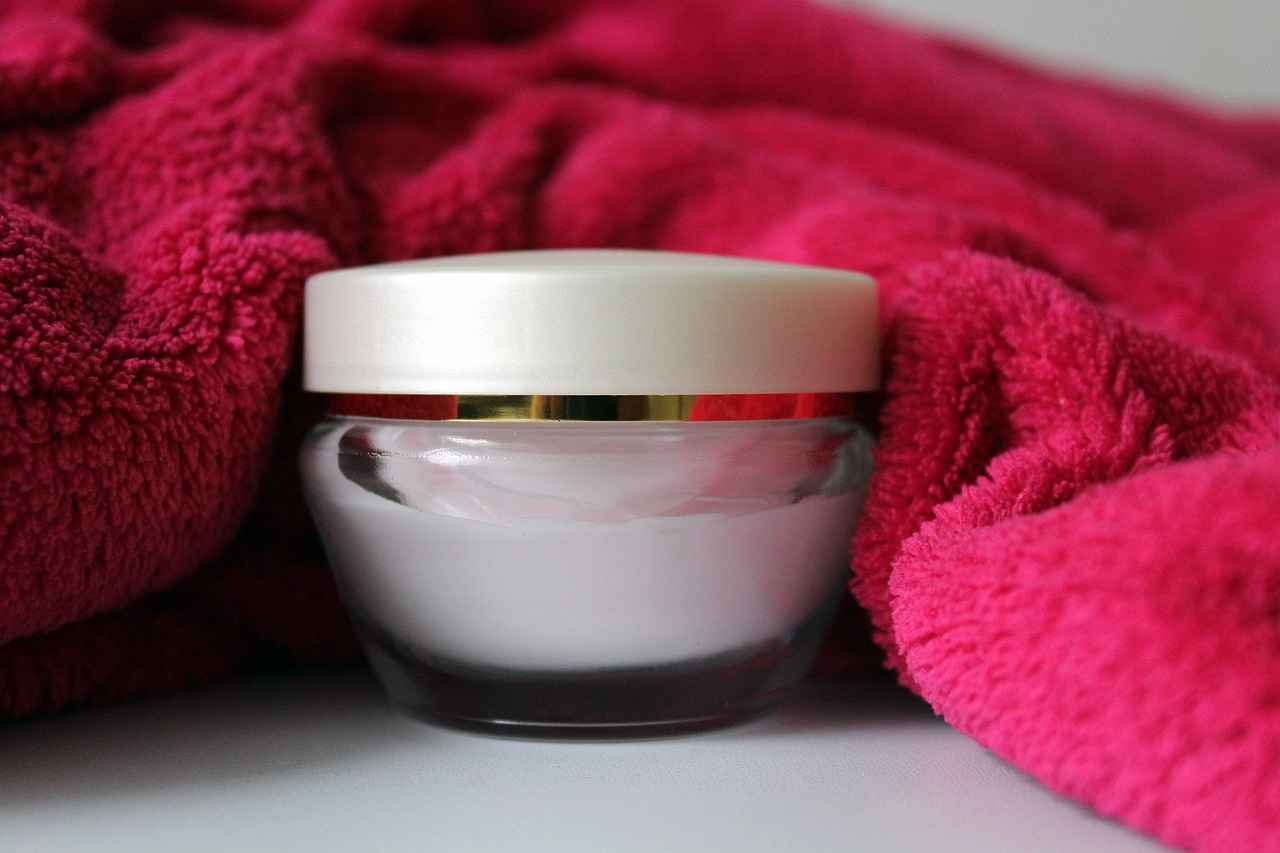
Conclusion: Making Informed Choices About Shower Jewelry
Making informed choices about wearing jewelry in the shower is essential for preserving the beauty and integrity of your pieces. Many people often wonder, “Can I wear my favorite necklace while showering?” The answer largely depends on the materials used in your jewelry. Understanding these materials and the risks involved can help you maintain your jewelry for years to come.
Different materials react uniquely to water exposure. For instance, gold is generally more resistant to tarnishing than silver, but even gold can suffer damage from chemicals in shampoos and soaps. Therefore, knowing what your jewelry is made of can guide your decisions.
- Gold Jewelry: Solid gold can withstand water but avoid exposure to chlorine.
- Stainless Steel: Highly resistant to rust and tarnish, making it a safe choice.
- Silicone Rings: Perfect for showering, as they won’t be affected by moisture.
While some materials are shower-friendly, others are not. Consider avoiding:
- Silver: Prone to tarnishing when exposed to water.
- Pearls: Sensitive to moisture and can lose their luster.
- Gemstones: Certain stones, like opal and emerald, can absorb water, leading to damage.
Water can have varying effects on jewelry, depending on the material:
- Gold: Generally safe, but avoid chlorine.- Silver: Tarnishes quickly in water.- Pearls: Can swell and lose luster.- Gemstones: Some absorb water, causing cracks.
Wearing jewelry in the shower poses several risks:
- Tarnishing: Exposure to moisture can lead to tarnishing, especially in silver.
- Loss: Jewelry can slip off and be lost in the drain.
- Damage: Chemicals in soaps and shampoos can degrade materials.
If you choose to wear jewelry in the shower, proper cleaning is essential. Here are some tips:
- Rinse: Rinse your jewelry with clean water after showering.
- Dry: Use a soft, lint-free cloth to dry your pieces thoroughly.
- Store: Keep your jewelry in a dry place, away from humidity.
Experts often recommend removing jewelry before showering. They advise that even water-resistant pieces can be better preserved by avoiding exposure to moisture and chemicals.
In conclusion, making informed choices about wearing jewelry in the shower can significantly affect the longevity and appearance of your pieces. By understanding the materials and potential risks involved, you can enjoy your jewelry while ensuring it remains in excellent condition.
Frequently Asked Questions
- Can I wear gold jewelry in the shower?
Yes, you can wear solid gold jewelry in the shower as it is generally resistant to tarnishing. However, avoid exposing it to chlorine or saltwater, which can cause damage.
- Is silver jewelry safe to wear in the shower?
It’s best to avoid wearing silver jewelry in the shower since it is prone to tarnishing when exposed to water. Regular cleaning can help, but prevention is key.
- What about my pearl jewelry?
Pearls are particularly sensitive to water and chemicals, so it’s advisable to remove them before showering. Proper care will keep them looking beautiful for years.
- How can I clean my jewelry after showering?
If you do wear jewelry in the shower, rinse it with fresh water afterward and gently dry it with a soft cloth. This will help remove soap and moisture that can cause damage.
- What gemstones should I avoid wearing in the shower?
Avoid wearing water-sensitive gemstones like opals and emeralds in the shower, as they can absorb water and lead to damage over time.
- What do experts recommend regarding wearing jewelry in the shower?
Experts generally advise against wearing jewelry in the shower to prevent potential damage and loss. It’s best to create a routine of removing your pieces beforehand.
